Ryobi Rotary Tool
When it comes to precision tools for DIY projects, home improvement, and professional craftsmanship, the Ryobi Rotary Tool stands out as a versatile and budget-friendly option. Designed for grinding, sanding, carving, polishing, engraving, and more, Ryobi’s line of rotary tools caters to both beginners and seasoned users.
Ryobi Rotary Tool: The Ultimate Guide for DIYers and Professionals
When it comes to precision tools for DIY projects, home improvement, and professional craftsmanship, the Ryobi Rotary Tool stands out as a versatile and budget-friendly option. Designed for grinding, sanding, carving, polishing, engraving, and more, Ryobi’s line of rotary tools caters to both beginners and seasoned users.
In this comprehensive guide, we’ll explore everything you need to know about the Ryobi rotary tool, including its features, benefits, comparisons, tips for use, and answers to frequently asked questions.
Table of Contents
-
What is a Ryobi Rotary Tool?
-
Top Features of Ryobi Rotary Tools
-
Popular Ryobi Rotary Tool Models
-
Advantages of Choosing Ryobi
-
Applications of Ryobi Rotary Tools
-
How to Use a Ryobi Rotary Tool
-
Accessories and Attachments
-
Ryobi vs. Dremel Rotary Tool Comparison
-
Tips for Safe Operation
-
Maintenance and Troubleshooting
-
Where to Buy Ryobi Rotary Tools
-
Final Thoughts
-
FAQs
1. What is a Ryobi Rotary Tool?
A rotary tool is a compact, handheld power tool with a fast-spinning motor that drives a wide range of attachments. The Ryobi rotary tool offers high-speed performance, interchangeable bits, and a user-friendly design that makes it ideal for fine, detailed work.
Whether you’re cutting drywall, polishing jewelry, or engraving wood, Ryobi rotary tools offer the functionality and reliability you need at a competitive price.
2. Top Features of Ryobi Rotary Tools
Here are the standout features that make Ryobi rotary tools a smart buy:
-
Variable Speed Control: Most Ryobi rotary tools allow you to adjust the speed from 5,000 to 35,000 RPM for versatile applications.
-
Corded and Cordless Options: Choose between plug-in and battery-powered tools based on your mobility and power needs.
-
Ergonomic Grip: Lightweight design and rubberized handles reduce fatigue during extended use.
-
Onboard Storage: Some models come with convenient storage for accessories and attachments.
-
Integrated LED Lights: Perfect for illuminating tight or dark workspaces.
-
Quick-Change Collet System: Makes swapping bits fast and tool-free.
3. Popular Ryobi Rotary Tool Models
Let’s look at some of Ryobi’s best-selling rotary tool kits:
Ryobi P460 (18V ONE+ Cordless Rotary Tool)
-
Battery-powered for ultimate portability.
-
Compatible with all Ryobi ONE+ 18V batteries.
-
Flexible shaft included for precision.
-
Variable speed: 5,000–34,000 RPM.
Ryobi ARTTB1G (Rotary Tool Kit with 33 Accessories)
-
Compact size for DIY use.
-
High-speed motor.
-
Ideal for carving, sanding, and drilling.
Ryobi RRT200-S (Corded Rotary Tool Kit)
-
200-watt motor.
-
1.8mm, 2.3mm, and 3.2mm collets included.
-
Comes with over 100 accessories.
-
Includes carry case and flexible shaft.
4. Advantages of Choosing Ryobi
So why choose a Ryobi rotary tool over the competition?
✅ Affordable Price Point
Compared to brands like Dremel, Ryobi tools are cost-effective while still delivering high performance.
✅ Versatility
From crafts and hobbies to metal cutting and automotive tasks, Ryobi rotary tools cover a wide range of applications.
✅ Battery System Compatibility
The 18V ONE+ rotary tool works with the full line of Ryobi ONE+ batteries, reducing the need to buy new batteries for each tool.
✅ Reliable Build Quality
Ryobi tools are built with durable materials and are backed by solid warranties.
5. Applications of Ryobi Rotary Tools
The Ryobi rotary tool is an all-in-one solution for various tasks:
-
Grinding: Perfect for sharpening blades or smoothing metal edges.
-
Cutting: Use on plastic, wood, drywall, metal, and even ceramics.
-
Engraving: Great for customizing wood, glass, and leather.
-
Sanding: Smooth out rough surfaces or corners.
-
Polishing: Clean jewelry or metal surfaces.
-
Drilling: Small precision holes in models or crafts.
6. How to Use a Ryobi Rotary Tool
Follow these steps to get started:
-
Choose the Right Attachment: Select your bit based on the task (cutting, sanding, etc.).
-
Insert the Bit: Use the quick-change system or collet wrench.
-
Set Speed: Adjust the variable speed dial to suit your material.
-
Grip Properly: Hold with a firm grip, close to the bit for precision.
-
Start Slowly: Begin at a low speed and increase as needed.
-
Apply Gentle Pressure: Let the tool do the work—don’t force it.
7. Accessories and Attachments
Ryobi rotary tools are compatible with a variety of accessories, including:
-
Cut-off wheels
-
Sanding drums
-
Polishing pads
-
Engraving bits
-
Grinding stones
-
Flexible shaft attachments
-
Collet adapters
You can also use Dremel-compatible accessories, which greatly expands your options.
8. Ryobi vs. Dremel Rotary Tool Comparison
Let’s compare Ryobi and Dremel, two major rotary tool brands:
| Feature | Ryobi Rotary Tool | Dremel Rotary Tool |
|---|---|---|
| Price | More affordable | Slightly more expensive |
| Power | Competitive | Often higher in premium models |
| Battery System | 18V ONE+ platform | Proprietary Dremel batteries |
| Accessories | Extensive, Dremel-compatible | Vast range of attachments |
| Build Quality | Solid | Premium |
| Ideal For | DIYers, hobbyists, pros | Professionals, craftsmen |
Verdict:
Ryobi is best for users who want a budget-friendly yet powerful tool, especially if they already use Ryobi’s ONE+ system. Dremel is ideal for precision-heavy tasks and premium build quality.
9. Tips for Safe Operation
Using a rotary tool safely is crucial. Here are some safety precautions:
-
Wear Safety Glasses: Protect your eyes from debris.
-
Use Gloves: Avoid accidental cuts or burns.
-
Secure Your Workpiece: Clamp down materials before working.
-
Unplug or Remove Battery Before Changing Bits
-
Work in a Well-Ventilated Area
-

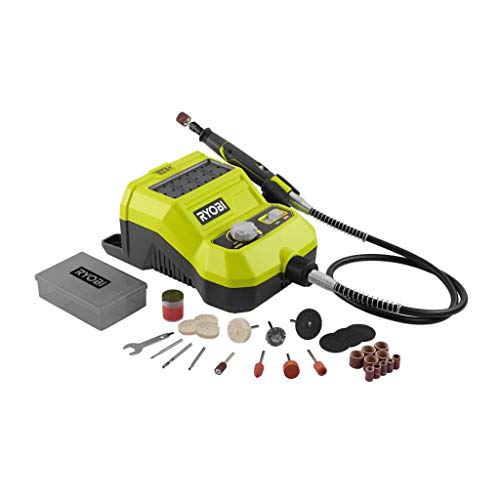

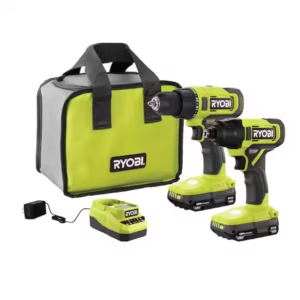
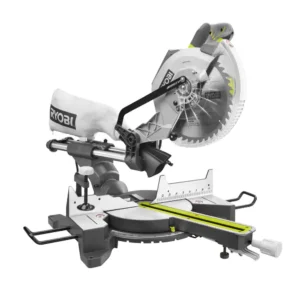
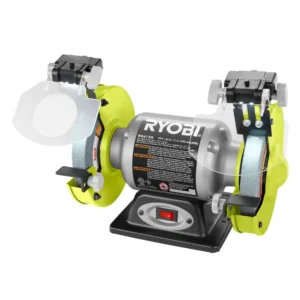
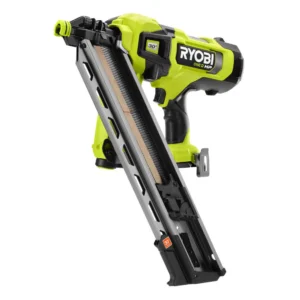
There are no reviews yet.